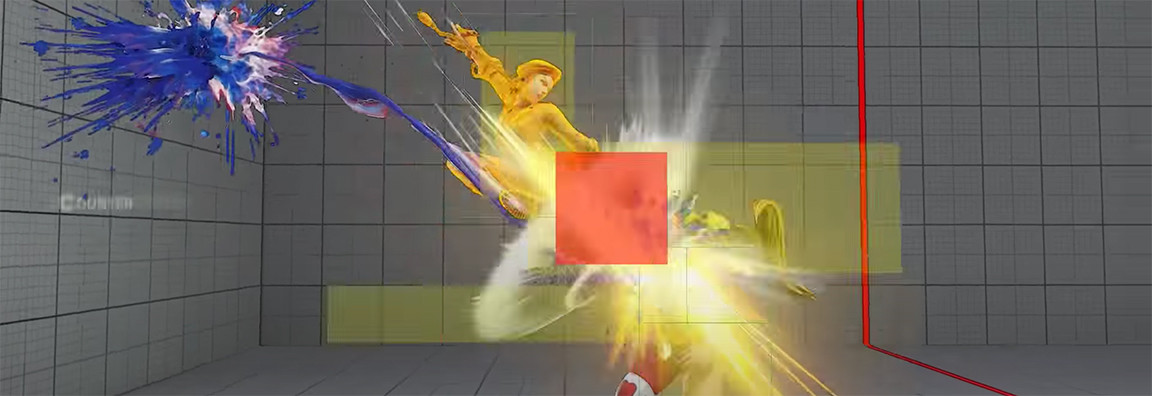Realism is often sacrificed for more fun in video game development and fighting game hitboxes are no exception.
Some moves look like they should hit or miss, yet often do the opposite. Attacks don’t randomly land. Everything has hitboxes or areas that register damage when attacks connect. Each character and move has a unique hitbox, helping to differentiate playstyles and tactics. Here’s how they work.
What is a hitbox in the FGC
Hitboxes determine whether an attack or projectile will hit an opponent. Understanding your best character’s range and limitations leads to improved spacing, more consistent combos, and ultimately better results.
What is a hurtbox
The hurtbox is where a character is vulnerable to attack. During each attack, certain parts of the hurtbox are vulnerable. Put in the research to learn more about your tough matchups. The extra knowledge might just be enough to spur that one additional opening you need to get ahead and finish the fight.
In order for a hit to register, the hitbox has to overlap with the hurtbox. Hurtboxes are generally skinnier than the character.
What is a throwbox
There’a also a throwbox, which shows the character's vulnerability to throws. This box is nestled inside the hurtbox.
Why practice and learn hitboxes
Practice with hitboxes to learn how ‘small’ a projectile really is or the exact range of a throw, so you’ll know how close you need to be for the boxes to overlap and your moves to connect.
Learning hitboxes will also allow you to see certain vulnerabilities and help you determine the range of cross-ups, footsies, and pokes both in neutral and disadvantage states. Keep in mind some moves grant invulnerability, which might ruin a few of your tactics.
Hit stun
Hit stun is the amount of frames before someone can act after taking a hit. This is often disguised as characters flinching in response to damage. Figure out how many frames hit stun lasts to discover the best possible follow-ups and counters in a given situation.
Block stun
Block stun is similar to hit stun, except it’s the amount of frames before a player can act after blocking an attack. The same tips apply for learning counters to common options.
Using boxes, stun, and frames to your advantage
Learn your main’s frame data and hitbox sizes to better adapt against a wider variety of playstyles and opponents. Intricate fighting game knowledge might seem less important to beginners, but as you develop in your scene, this information becomes crucial to succeed in bigger tournaments.
